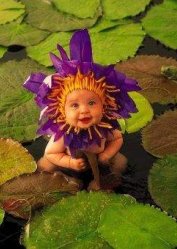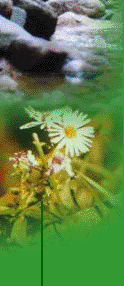|
Pond Succession
A geological event, such as a glacier or
sink hole, can create a pond. Ponds are nothing more than shallow holes where water collects. Yet, if left alone, ponds will
fill in with dirt and debris until they become land.
It often takes hundreds of
years for a pond to be transformed from a body of clear water into soil.
The Four Stages of Pond Succession
1)
As a pond develops seeds are flown in by birds and land animals come to inhabit the pond. These are the
pond pioneers.
2)
As more creatures arrive the debris on the bottom increases. Pondweed, and other submergent vegetation, appears and soon grow
all along the bottom.
3) Emergents then appear
on the edges of the pond. Over time, sometimes hundreds of years, as ponds plants grow, die and decompose, layers of debris
build up. These layers of decaying matter raise the pond floor over the years.
4) After some time, the pond floor is close enough
to the bottom that emergents can grow all the way across the floor. When this happens, the ponds becomes a marsh. Many interesting
creatures can reside in the shallow muddy waters of marshes. (Marshes can be created in other ways also.) The marsh continues to fill in with dirt and debris. Eventually trees grow in the water.
It is now a swamp. Over time, the swamp may dry out. Land that was once a pond, may become a forest or grassland.

To see a Virtual Pond
Dip click here
Virtual Pond Dip
|




